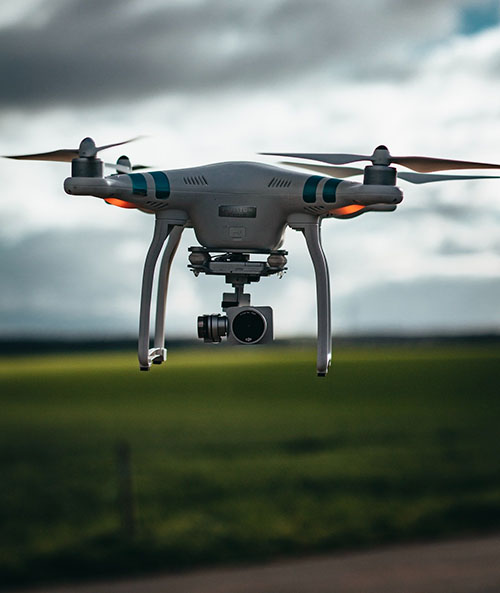Learn about Minnesota law enforcement's use of drones from the BCA
June 28, 2021
Drones – specifically those with cameras – have been around for quite a few years now. But it's only just recently that law enforcement agencies in Minnesota have begun to use them. Minnesota law requires law enforcement to obtain a search warrant before using a drone, with a few exceptions. In instances in which they use a drone without a warrant, agencies are required by
Minnesota state law to report it to the Bureau of Criminal Apprehension (BCA).

The law, which became effective in 2020, requires agencies to report the following data whenever they use a drone, or unmanned aerial vehicle (UAV), without a warrant:
The number of times a UAV was deployed without a search warrant.
The date of each deployment.
The authorized use for each deployment.
The total cost of the agency's UAV program.
Local law enforcement agencies send this information to the BCA, which compiles it to create an annual report, the first of which was recently published. Because the law just went into effect last year, this is new law enforcement data, and this is the first time data has been reported and published about law enforcement activity related to UAV use on a statewide basis. Use of UAVs is also likely to grow in the coming years as more and more agencies are taking them on as a law enforcement tool.
Minnesota law enforcement agencies spent a total of $922,410.71 on UAV agency programs in 2020. This includes expenses such as deployments, training and equipment purchases. In 2020, there were 1,171 UAV uses without a search warrant. Here is a summary of the most frequent uses:
Over a public area for officer training or public relations purposes - 506 uses. This is because many agencies are just beginning to use UAVs, and they require some practice.
During or in the aftermath of an emergency situation that involves the risk of death or bodily harm to a person - 352 uses. This might include searching for a missing person or mapping a crime scene.
To collect information from a public area if there is reasonable suspicion of criminal activity – 185 uses. This might include open land areas beyond a person's property, for example.
Two Department of Public Safety divisions – the State Patrol and the BCA – received training on UAV use in 2020. They anticipate using the devices for crash scene (State Patrol) and crime scene (BCA) reconstruction going forward, neither of which require warrants.
Interested in reading the full 2020 Use of Unmanned Aerial Vehicles report? You can find it on the
BCA's website.

